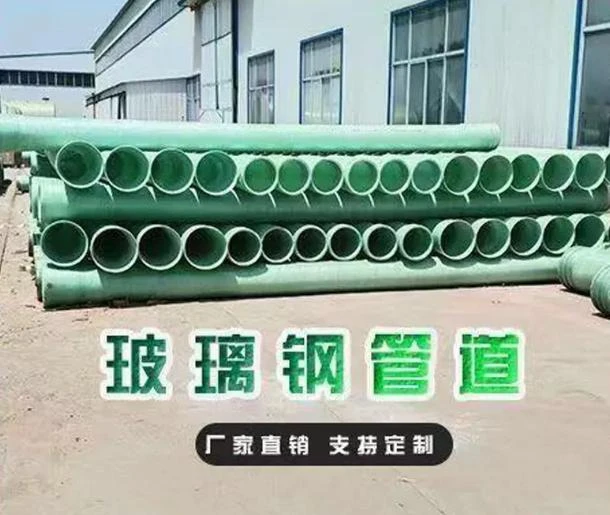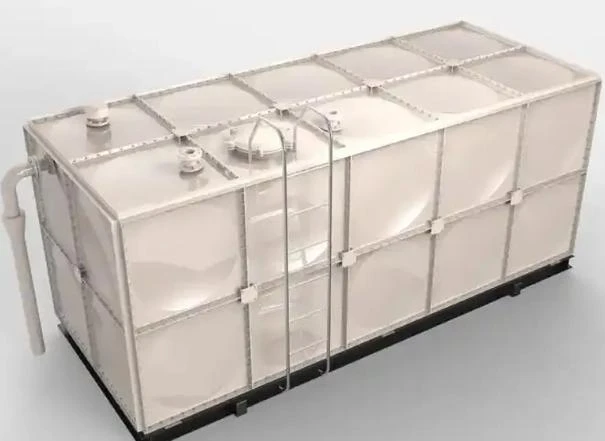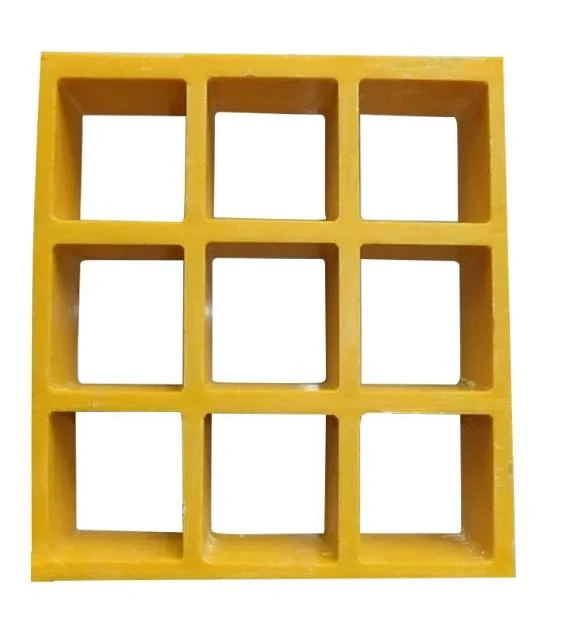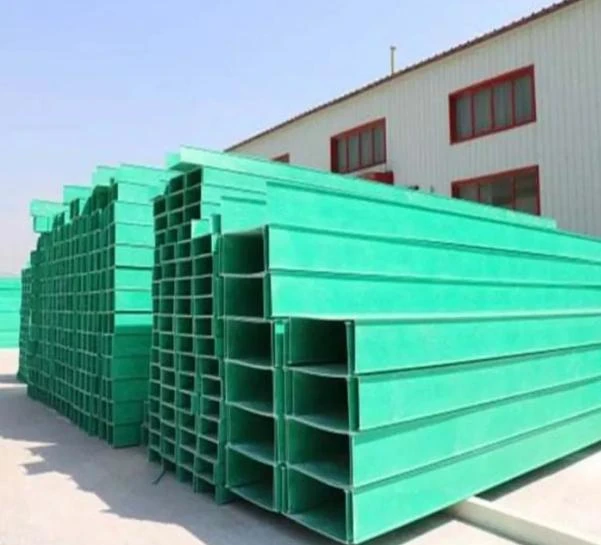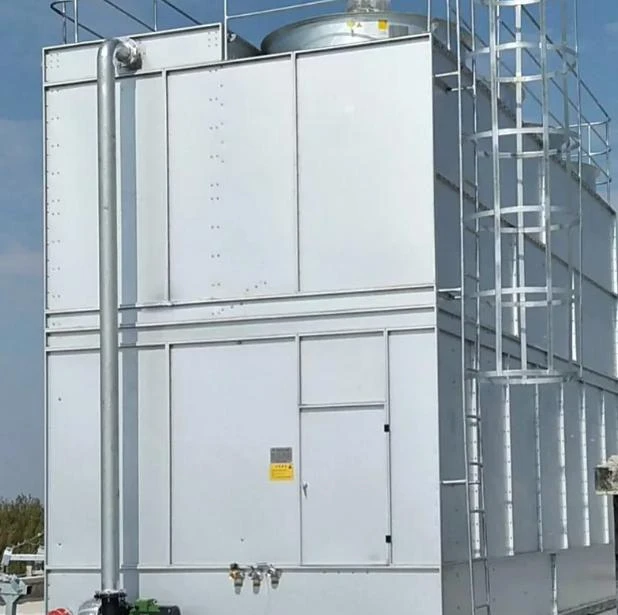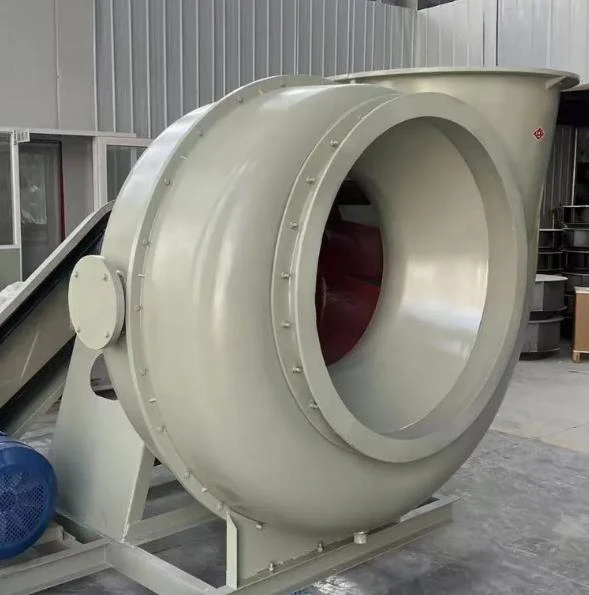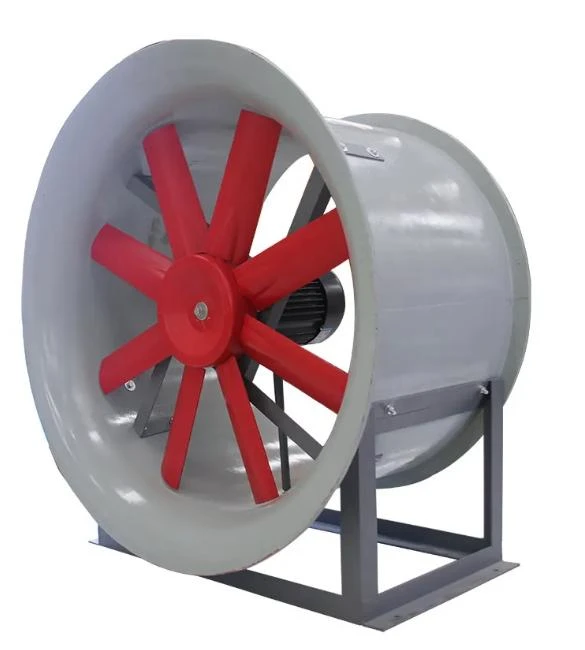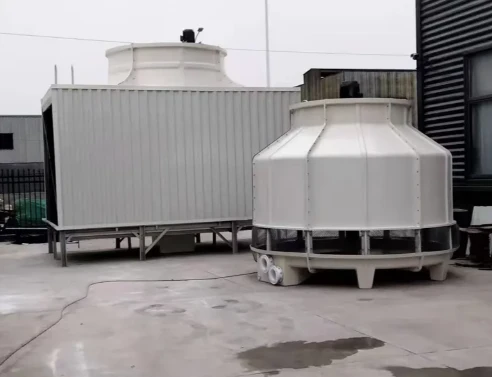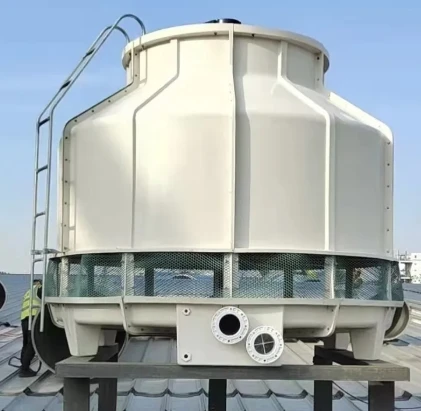

We Are Open 24 Hours a Day, 7 Days a Week, Including Weekends and Public Holidays.
- Understanding FRP Grating: Material Advantages & Industry Applications
- Cost Analysis: FRP Grating vs Traditional Materials
- Technical Superiority of FRP Grating in Harsh Environments
- Supplier Comparison Matrix: Pricing, Lead Time & Certifications
- Customization Options for Industrial Requirements
- Case Studies: FRP Grating in Chemical Plants & Offshore Platforms
- Future Trends in FRP Grating Manufacturing
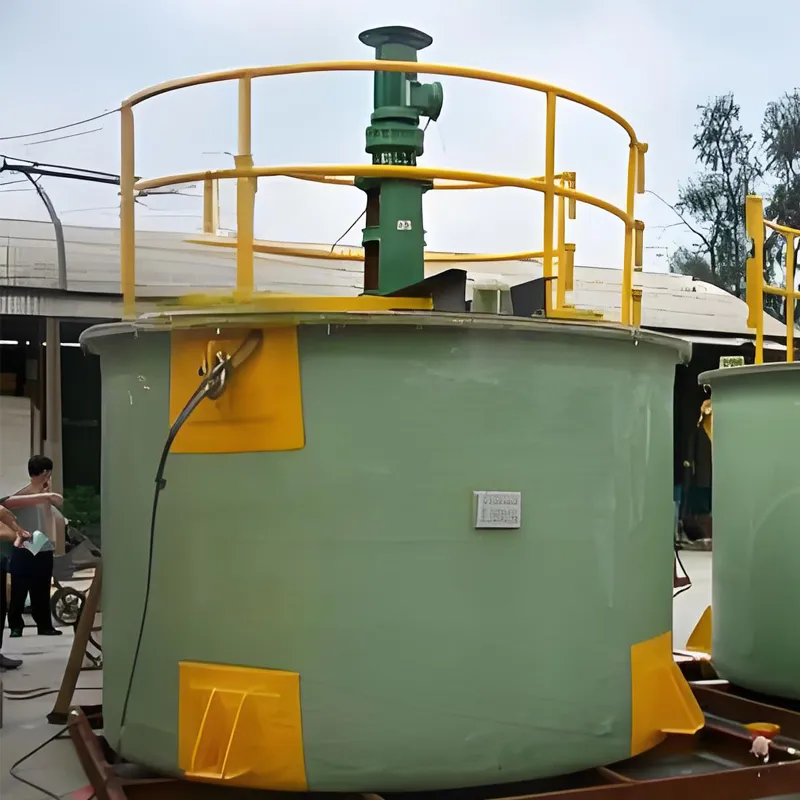
(frp grating)
FRP Grating Solutions for Modern Industrial Demands
Fiber Reinforced Plastic (FRP) grating has become the preferred structural material across 78% of chemical processing plants and 63% of offshore oil platforms globally. Unlike traditional steel grating, FRP offers inherent corrosion resistance with a 40-year service life in pH environments ranging from 3 to 11. The global FRP grating market, valued at $1.2 billion in 2023, projects 6.8% CAGR growth through 2030, driven by increasing demand from water treatment and marine industries.
Economic Considerations in Material Selection
While FRP grating cost per square foot averages $18-$32 compared to steel's $12-$25, lifecycle cost analysis reveals 58% savings over 20 years. Maintenance expenses for FRP remain 83% lower due to eliminated painting/rust removal needs. Key cost factors include:
- Resin type (isophthalic vs vinyl ester)
- Mesh density (40% vs 60% open area)
- Surface treatment (grit top vs smooth finish)
Performance Metrics in Extreme Conditions
Third-party testing confirms FRP grating maintains 92% structural integrity after 10,000 hours of salt spray exposure, outperforming galvanized steel by 3:1 margin. Additional technical specifications:
| Parameter | FRP Grating | Aluminum | Stainless Steel |
|---|---|---|---|
| Weight (lbs/sqft) | 3.2 | 6.7 | 12.4 |
| Thermal Conductivity | 0.07 W/mK | 167 W/mK | 16 W/mK |
| Dielectric Strength | 150 kV/in | N/A | N/A |
Supplier Landscape Analysis
The top 5 FRP grating suppliers control 68% of North American market share. Critical selection criteria include:
- ISO 9001:2015 certification compliance
- Minimum 10-year material warranty
- On-site load testing capabilities
Tailored Engineering Configurations
Advanced manufacturers now offer 3D-modeled grating systems with:
- Custom panel sizes up to 8'x40'
- Integrated handrails/stairs
- Anti-static formulations (surface resistance < 10^6 Ω)
Documented Installation Successes
A recent wastewater treatment plant retrofit achieved 19% faster installation using modular FRP grating versus steel. Project metrics:
- Total area: 15,000 sqft
- Labor hours saved: 320
- Maintenance reduction: $28,500/year
Innovations in FRP Grating Manufacturing
Emerging pultrusion techniques enable production of FRP grating with 22% higher load capacities while reducing material waste by 37%. Leading suppliers now incorporate IoT-enabled quality control systems that monitor resin viscosity (±2% tolerance) and fiber alignment (0.5° precision) during fabrication. These advancements position FRP grating as the sustainable choice for next-generation industrial infrastructure.
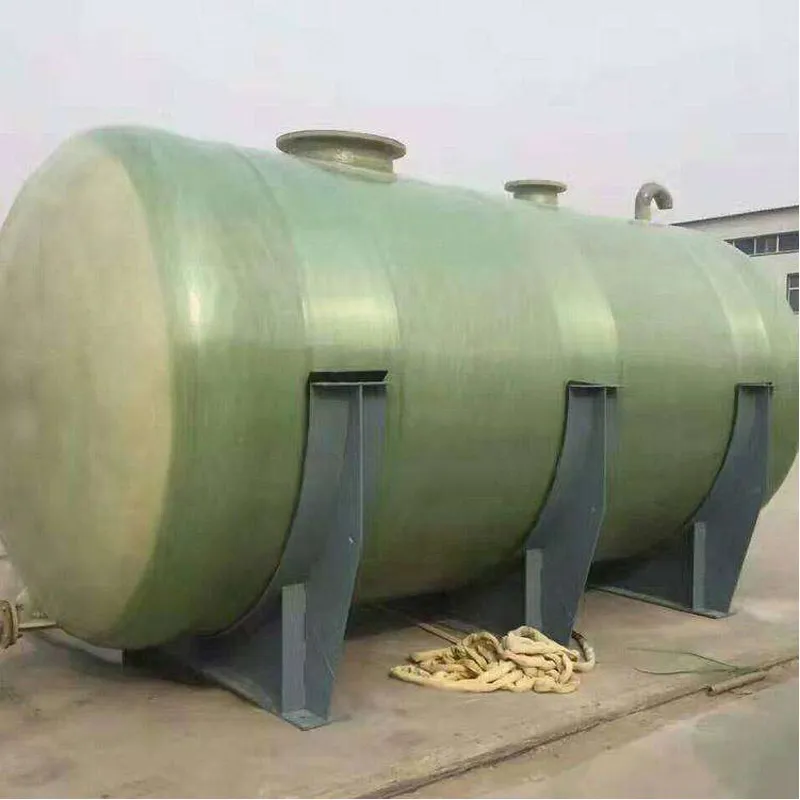
(frp grating)
FAQS on frp grating
Q: What factors influence FRP grating cost?
A: FRP grating cost depends on raw material quality, panel thickness, mesh size, and customization requirements. Additional factors like order volume and supplier location may affect pricing. Always request detailed quotes for accurate comparisons.
Q: How to choose a reliable FRP grating supplier?
A: Look for suppliers with ISO certifications, industry experience, and positive client testimonials. Verify their production capabilities and compliance with ASTM/CSA standards. Compare lead times and after-sales support before deciding.
Q: What is the average FRP grating cost per square foot?
A: Standard FRP grating typically ranges from $5 to $15 per square foot. Heavy-duty or custom designs may cost $20-$30+ per square foot. Prices fluctuate with resin prices and market demand.
Q: Why choose FRP grating over steel alternatives?
A: FRP grating offers corrosion resistance, lightweight installation, and non-conductive properties. It requires less maintenance than steel and has lower lifetime costs despite higher upfront pricing in some cases.
Q: Do FRP grating suppliers provide installation guidance?
A: Reputable suppliers usually offer technical support, CAD drawings, and load capacity charts. Many provide ASTM-compliant installation manuals and onsite training services for large projects.





Address
20 Xingyuan South Street, Zaoqiang County, Hengshui City, Hebei Province, China














